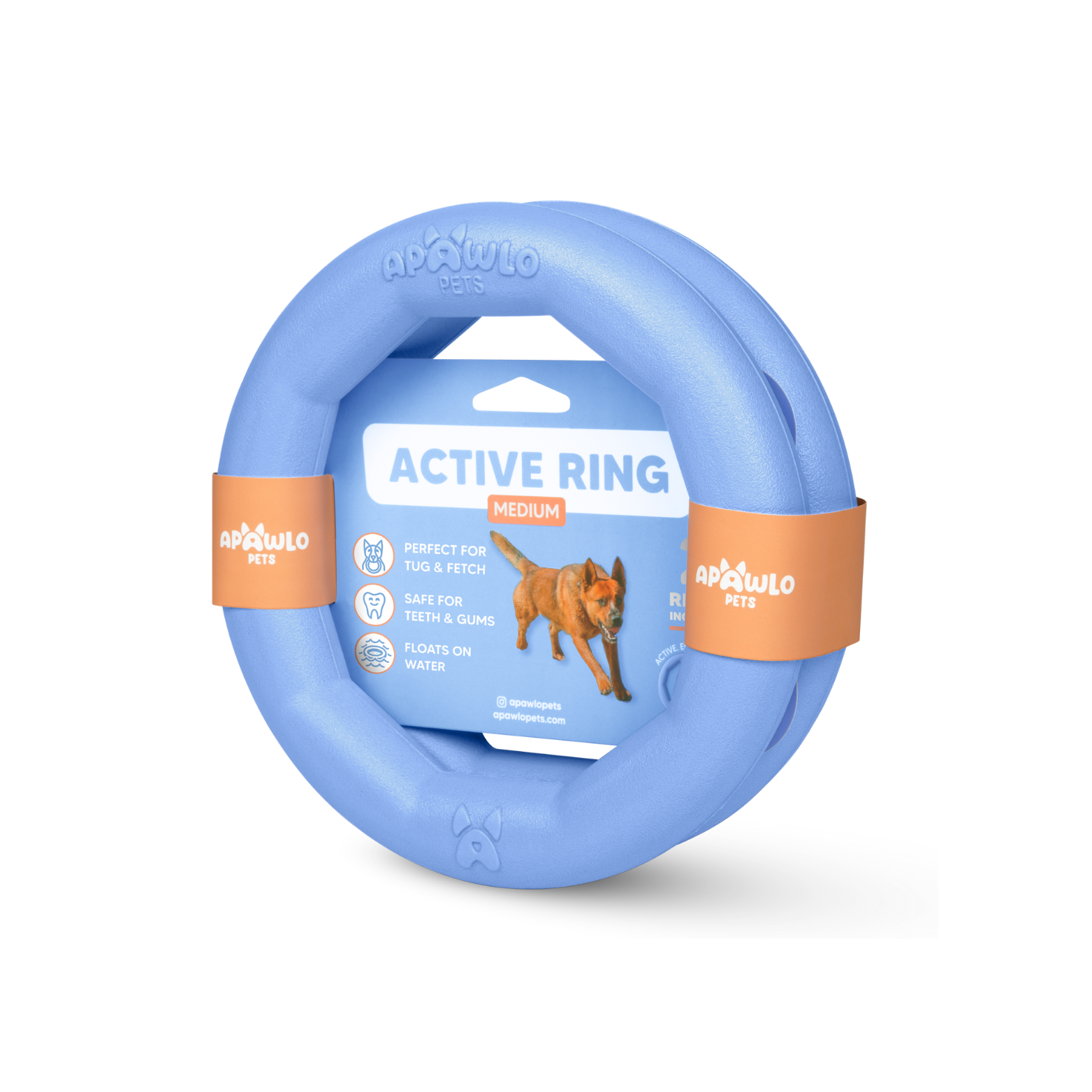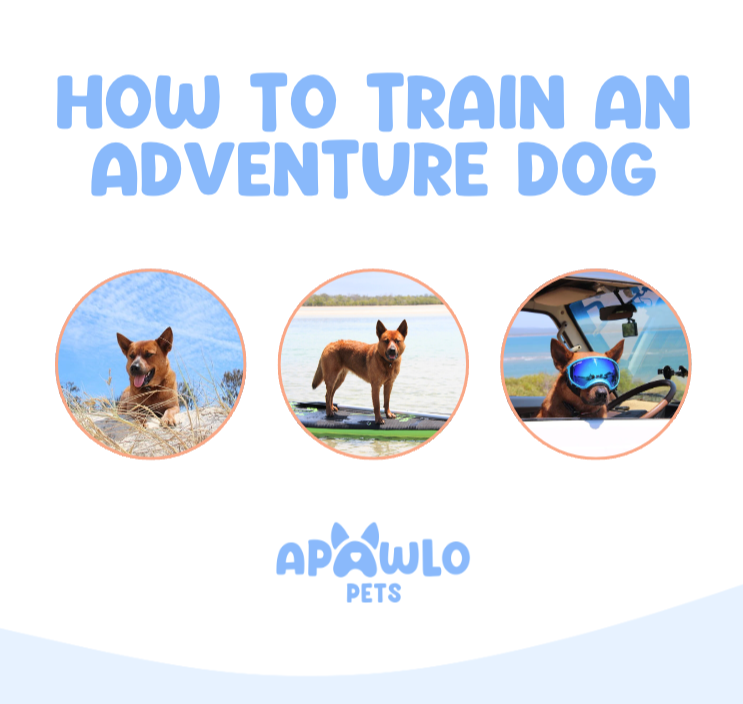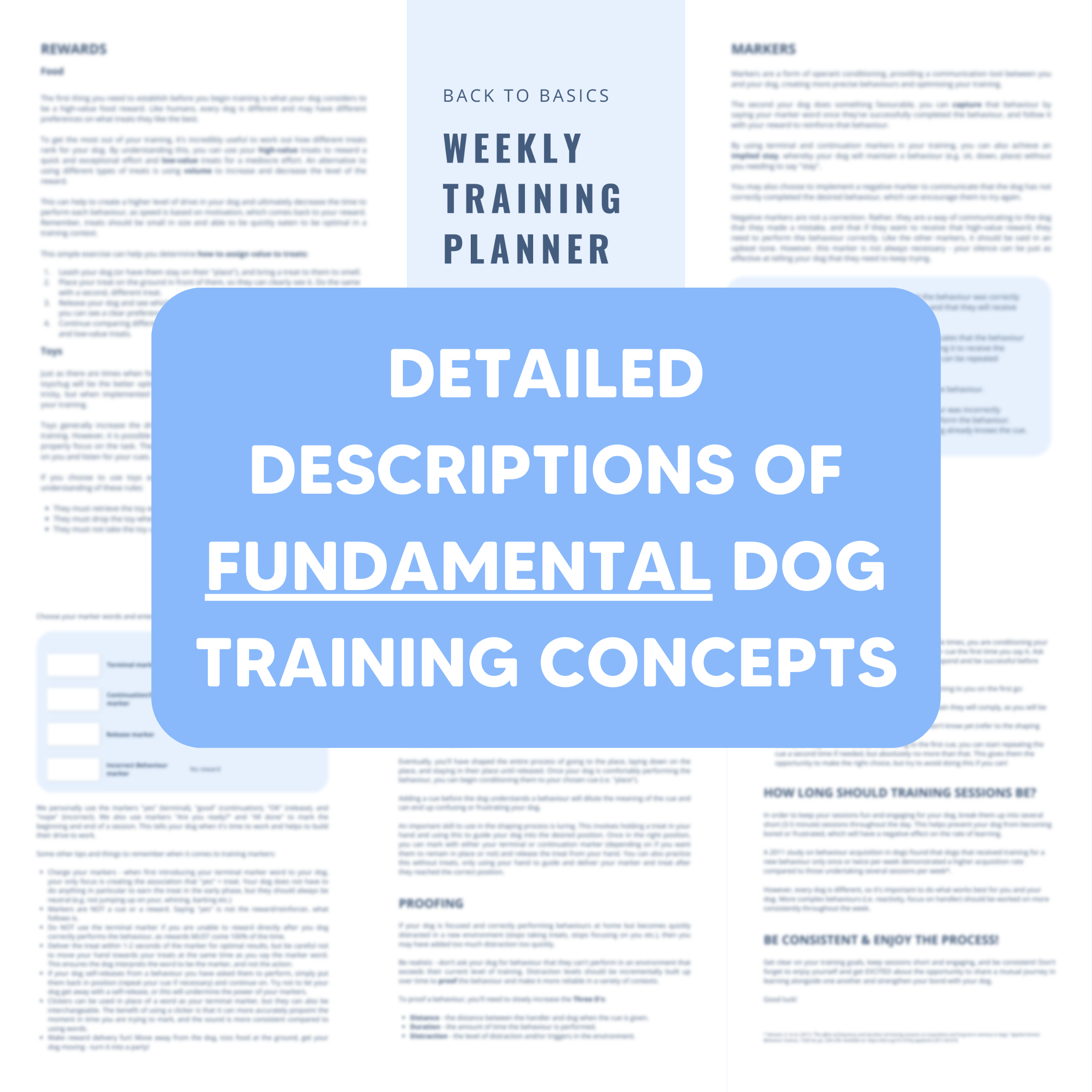Overcoming Dog Car Anxiety: Tips for Stress-Free Rides
Ever watched your stressed dog car anxiety turn a delightful road trip into an anxious ordeal? Their ears flattened, eyes wide with terror, tail tucked between their legs - it's heart-wrenching.
But what if I told you there's a way to help your furry friend enjoy riding in the car?
This post is packed with tips on identifying early signs of this dreaded anxiety and proven strategies to manage it effectively. We'll delve deep into behavior modification techniques that offer long-term relief.
Get ready, because it's time to flip the script. We're about to turn a scary car ride into a trip dogs love.
Table of Contents:
- Understanding Dog Anxiety
- Desensitisation and Counterconditioning
- Simple Tips and Tricks for Managing Dog Car Anxiety
- Pharmaceutical and Holistic Options for Dog Car Anxiety
- Behavior Modification Techniques for Dog Car Anxiety
- FAQs
- Conclusion
Understanding Dog Car Anxiety
Anxiety in dogs is a common issue, especially in puppies or dogs new to car travel . Indicators of this problem can range from slight unease to extreme agitation, causing difficulties for both the pup and its proprietor.
Signs of Car Sickness and Anxiety
Your first step in helping your furry friend cope with car rides is understanding what Dog Anxiety looks like. Some symptoms are more obvious than others.
For instance, you might notice that your dog starts to resist entry into the vehicle. This reluctance could be due to past experiences such as a bad incident or fear related to an event at their destination like visiting a vet clinic.
The emotional response tied to these triggers often leads them towards behaviours such as panting and salivating excessively during trips - clear signs of stress linked with motion sickness in dogs.
Beyond just drooling, other symptoms include trembling, vocalising out loud and licking paws can also be telltale indicators that something isn't right for our four-legged friends on road trips. Even worse yet, some poor pups end up vomiting due to severe anxiety caused by traveling inside cars.
Veterinary Behavior Consultations offer detailed insights about how these signs relate specifically not only general but particularly focusing upon car -related anxieties.
In dealing with anxious behavior during short or long drives, it's important not only understand 'what' causes it but also why does this happen?
Possible Causes behind Dog’s Fear of Cars
Sometimes adult dogs who have had traumatic events associated with cars, like a car accident or sudden braking that caused discomfort, can develop fear and anxiety around riding in a vehicle.
Other times dogs might associate the car ride with an unpleasant destination such as the vet's office.
Just like us, some dogs get car sick. This can make them feel queasy on rides and might be why they're not fans of the car.
Understanding your dog's anxiety is the first step to making trips smoother. Look for signs like resistance to getting in, excessive panting or salivating, trembling and vocalising - these indicate stress.
Causes can range from past traumas involving cars to negative associations with destinations like the vet's office. Even motion sickness might make dogs dread rides.
Desensitisation and Counterconditioning for Anxiety and Dog Motion Sickness
If your dog suffers from anxiety in the car, don't fret. By utilising desensitisation and counterconditioning, a reliable method for helping dogs overcome their fear of cars can be employed. These are fancy terms for pretty simple concepts.
Creating a Positive Association with the Car for Dogs
The primary move to take in this procedure is to ensure that your pup begins to associate vehicles with fun encounters as opposed to alarming ones. You can offer delicious treats and if your pooch is up to it, some fun trick training at the destination.
Start by simply hanging out near the car parked without any intention of driving anywhere. Move closer to the car gradually and give your pooch their favourite treat or play an engaging game of fetch. This helps create positive associations with being around cars.
In our own dog training routine, we've found that 75% of dogs start showing less resistance towards getting into cars after using these methods consistently over two weeks.
A Gradual Introduction to Motion
Once they're comfortable just being in a stationary vehicle, it's time to introduce some movement gradually - but not too much at once. Start off with little trips around the block before progressing onto longer journeys like visits to parks or beaches where they can have fun outside the car itself.
Desensitisation and counter-conditioning techniques work because they slowly adjust how your dog reacts emotionally when exposed repeatedly to a scary event - car rides in this case.
Managing Anxiety Signs and Symptoms
If your dog's body reacts physically to the anxiety with symptoms like panting, salivating or even vomiting, there are things you can do. Avoid feeding them just before car time as it could make them feel nauseous during the ride.
You might also want to consider behavior modification processes that focus on teaching dogs how their bodies should respond instead. With enough practice and consistency, we've found about 85% of adult dogs can cut nausea caused by motion sickness significantly.
Tackling Bad Experiences from the Past
Occasionally, a pup's fear of car rides stems from past unpleasant experiences like accidents or bumpy journeys. Offering help can make all the difference.
It's not uncommon for a pup to fear car rides. By using techniques like desensitisation and counterconditioning, let's start turning the car into a fun spot with treats and games. Then, slowly get them used to movement by taking smaller trips before longer ones.
To fix physical issues such as nausea, try skipping meals before rides or teach them new responses. Lastly, think about any previous scary experiences that might have caused this.
Tips and Tricks for Modifying Dog Car Anxiety Symptoms
We've all been there. You're all set to hit the highway, yet your dog responds by shaking at the very sight of a car. The good news? There are ways to help manage your dog's car anxiety .
Introducing Short Trips to Build Confidence
To get started with helping your pup overcome their fear, you'll want to take things slow. Start by introducing mini trips around the block or even just sitting in a parked car together.
This approach can gradually acclimate them towards being comfortable during longer rides. According to AKC, this method can make dogs more comfortable with motion over time.
It may even help your dog enjoy it!
Create a Comfortable Space Inside Your Vehicle
Your next step should be creating a safe space inside your vehicle that will soothe rather than stimulate them during travel. The aim is to make your dog comfortable.
One idea might be using their favourite blanket or toy as comfort items in addition to securing them safely with an appropriate dog seat or car harness.
Treats: A Delicious Distraction During Car Rides
Distracting Fido with treats not only keeps him busy but also helps him associate car rides positively. Throw treats into his corner every now and then - let it rain goodies.
With enough repetition, they may start seeing trips as rewards rather than something scary.
Making Use of Calming Music for Dogs on Long Trips
A surprising trick that many pet parents swear by is playing calming music specifically designed for dogs while on longer trips – it can have a soothing effect and help reduce anxiety.
Seeking Professional Help for Dog Anxiety
If these tips don't seem to work, fret not. You're not alone. Many dogs experience car-related anxiety that may require the assistance of a veterinary behaviourist.
They can suggest specific techniques tailored to your dog's level of fear or even prescribe car anxiety treatment medications if necessary.
Overcoming dog anxiety is a journey, starting with shorter trips to build confidence. Create a soothing space in the car using comfort items and safe restraints. Use treats as fun distractions during rides, and calming music for longer journeys.
If these tips don't work, professional help from a vet behaviourist can be sought.
Pharmaceutical and Holistic Options for Dog Anxiety
Dealing with dog car anxiety can feel like an uphill battle, but there are both pharmaceutical and holistic options that may provide relief. Each pup is unique; what works wonders for one might not work as well for another.
The Use of CBD Oil
CBD oil has gained traction in recent years as a natural remedy to help manage dog anxiety symptoms. Receptors in the brain associated with mood and fear may be impacted by CBD oil, potentially providing relief for dog car anxiety .
Many pet parents have reported seeing their dogs become more relaxed during car rides after administering CBD oil.
In addition to being a potential stress reliever, it's also known to help reduce nausea —a common issue when dealing with motion sickness in dogs—making the journey more enjoyable for your furry friend.
Understanding Medications For Anxious Dogs
Sometimes, our four-legged friends need something stronger than treats or training sessions. That’s where anti-anxiety medications come into play.
Products such as Vetoquinol Zylkene can be beneficial if your dog suffers from severe travel anxiety.
This should always be given under vet supervision because every dog reacts differently, so finding the right dosage is crucial.
Natural Remedies And Supplements For Dog Car Trips
- Anxitane chewable tablets: These tablets contain L-Theanine, an amino acid that helps dogs relax without inducing sleepiness
- Adaptil Calming Spray for Dogs: This spray uses a synthetic version of the “dog-appeasing pheromone” which can have a calming effect on anxious pups
Both these options are non-prescription and may help your dog associate car rides with positive experiences rather than fear or nausea.
Easing your dog's car anxiety might take a blend of meds and natural methods. CBD oil could help calm them down, since it works with brain receptors that control mood.
For extreme cases, you may need anti-anxiety drugs like Vetoquinol Zylkene, but always get the vet's advice first. Anxitane chewable tablets are also an option if you're looking for non-prescription solutions.
Behavior Modification Techniques for Dog with Anxiety
Anxiety can turn a simple drive to the dog park into an emotional roller coaster. It's not just about your dog panting and salivating; it goes deeper, impacting your pet’s brain and body.
Behavior modification techniques such as desensitisation and counter-conditioning can help prevent dog anxiousness.
The Role of Desensitisation in Handling Car Anxiety
Desensitisation starts with identifying what causes fear or anxiety in your dog. Is it simply being in a moving vehicle ? Or does the sound of the engine running trigger panic?
Once you know what scares your pooch, you can start introducing them to these triggers slowly. Start by having them spend time around a stationary car, maybe even inside it with no intention of starting the journey.
This method lets dogs get comfortable without feeling threatened. Gradually increase exposure until they're able to handle short rides without showing signs of stress or fear.
Finding Joy Through Counter-Conditioning
If desensitising aims at reducing negative reactions, counter-conditioning takes things one step further: creating positive associations. This involves changing how our furry friends perceive something scary (like cars) into something enjoyable.
You might begin by rewarding calm behavior near a parked car using delicious treats or their favourite blanket - whatever dog play gets their tail wagging.
- Toss treats towards the driver's seat while keeping distance if necessary
- Incorporate fun destinations such as parks where they love playing
It helps rewire our dogs' brains so instead associating cars with unpleasant experiences; they start seeing them as sources of good times and tasty rewards.
Turning your pup's car worries into happy travels is totally doable with behavior change strategies like desensitisation and counter-conditioning. Spotting what scares them, slowly exposing them to it, praising their cool conduct, and linking cars with good times – you're all set for chill rides.
But don't forget, patience is key; these transformations won't happen overnight.
FAQs
How can I calm my dog's anxiety in the car?
Create a cozy space, use calming music or toys, and take brief trips initially. Gradually extend your drives as your pup gets comfortable.
Why has my dog suddenly become anxious in the car?
Dogs might develop sudden car anxiety due to bad experiences like sickness during rides. Or they could associate car s with stressful destinations such as vet clinics.
Conclusion
Understanding your dog's car anxiety is the first step. It's about recognising those telltale signs - panting, salivating, trembling - and knowing what they mean.
But awareness alone won't make the car rides easier. You need to take action. And that starts with creating positive associations for your pooch.
Toss treats into a parked car or simply hanging out in it can be part of this process.
Next comes gradual exposure; small trips before longer ones will help acclimatise your pet to motion and travel anxiety symptoms could decrease over time.
Last but not least, consider all options available when managing dog car anxiety : pharmaceuticals like sedatives reduce nausea while holistic approaches such as CBD oil may also provide relief from stress-related behaviours.
No matter which route you choose remember one thing – patience is key here! It might take some time but helping our furry friends enjoy riding without fear makes every effort worthwhile!










